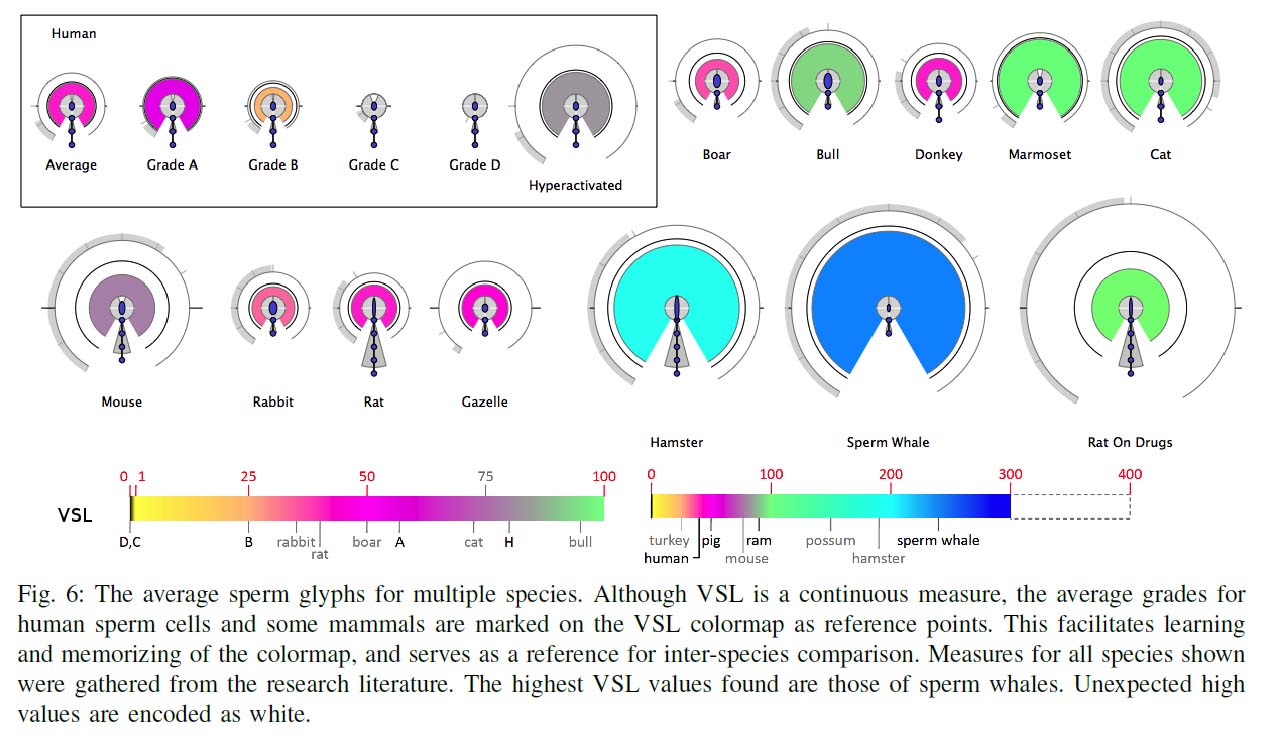Hello,
What is the best way to represent the bodily measurement of only one species? For example I have this data:
“Measurements (in mm). Male (n = 1) Body length, clypeus–apex of membrane: 12.49; head length: 2.00; head width, including compound eyes: 1.19; vertex width: 0.50; interocular width: 0.34; compound eye width: 0.35; anterocular length: 0.43; 1stantennal segment length: 6.25; 2nd antennal segment length: 2.31; 3rd antennal segment length: 4.48; 4th antennal segment length: 2.33; total antennal length: 15.07; 2nd rostral segment length: 1.01; 3rd rostral segment length: 0.61; 4th rostral segment length: 0.31; mesal pronotal length: 2.00; basal pronotal maximal width (excluding protuberance, straight): 1.92; anterior scutellumal width: 0.97; mesal scutellumal length: 1.05; maximal length across hemelytron: 8.60; maximal width across hemelytron: 1.95; foreleg (femur: tibia: tarsus): 4.66:4.40:0.32; midleg (femur: tibia: tarsus): 3.97:4.46:0.28; hindleg (femur: tibia: tarsus): 5.37:7.21:0.35.”
In some cases this list is much longer. I know about simple tabular representation, illustrative diagrams. With long list tabular might not be a good representative. What other solutions can one use?

